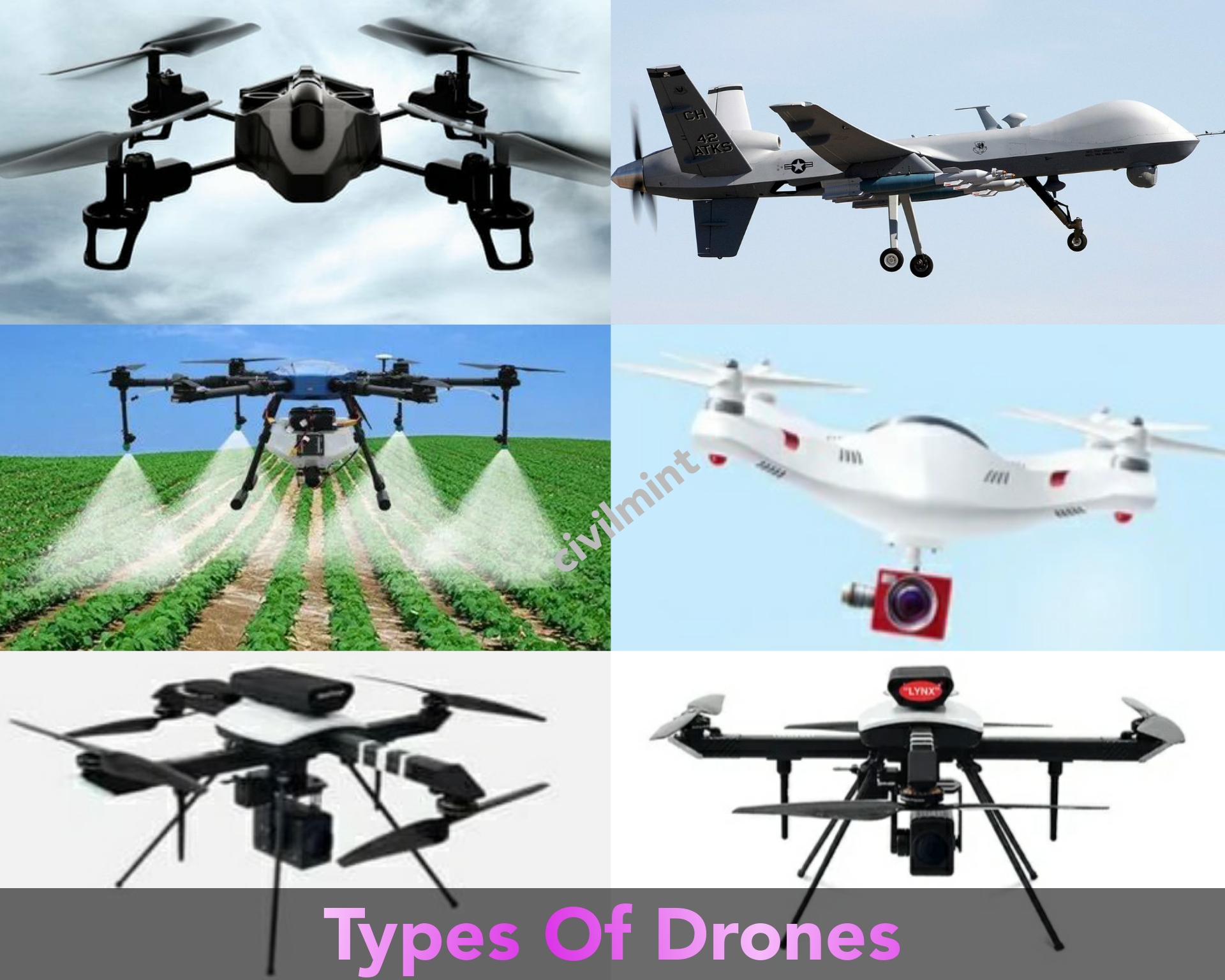Here are 24 types of drones.
Table of Contents
1. VTOL Drone (Vertical Takeoff and Landing Drone)
VTOL drones are highly adaptable unmanned aircraft capable of taking off and landing vertically, similar to helicopters.
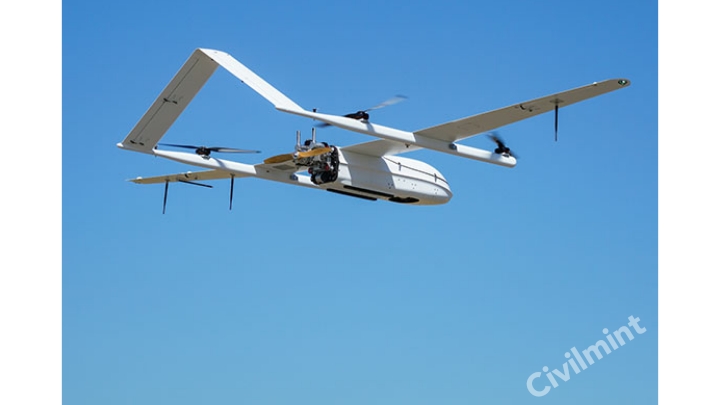
They are equipped with a combination of rotors and fixed wings, which allow them to switch between vertical and horizontal flight modes. This versatility makes them suitable for a wide range of tasks such as surveillance, reconnaissance, cargo delivery and search and rescue operations.
VTOL drones often incorporate advanced stabilization systems to ensure smooth transitions between flight modes, providing stability and efficiency in various mission scenarios.
2. Racing Drone
Racing drones, which are primarily designed for competitive drone racing, are agile, lightweight, and incredibly fast. They have powerful electric motors and aerodynamic designs that enable fast acceleration and sharp maneuvers.
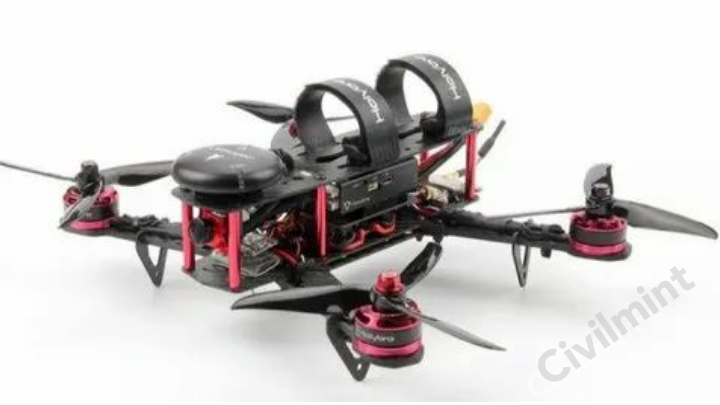
Pilots use first-person view (FPV) goggles to receive a real-time video feed from the drone’s camera, allowing them to join in on the race. Racing drones often require skilled operation and are optimized for speed and performance, making them an exciting hobby for enthusiasts.
3. Delivery Drone
Delivery drones are revolutionizing the logistics industry by providing efficient, last-mile delivery solutions. These drones are equipped with payload boxes to deliver packages, groceries or medical supplies from distribution centers to customers’ doorsteps.
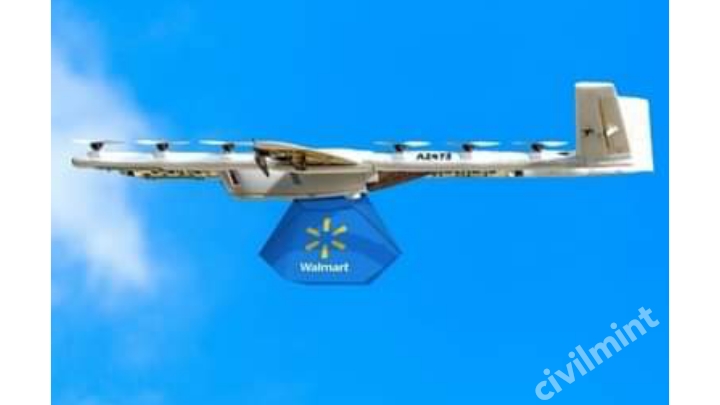
Companies such as Amazon and Wallmart have developed and tested delivery drone programs to speed up the delivery process, reduce delivery times, and reduce human intervention in the delivery chain.
4. Fixed-Wing Drone
Fixed-wing drones are reminiscent of traditional airplanes, with a fixed wing and propulsion system. Unlike multirotor drones, they require a runway or catapult for takeoff and landing.
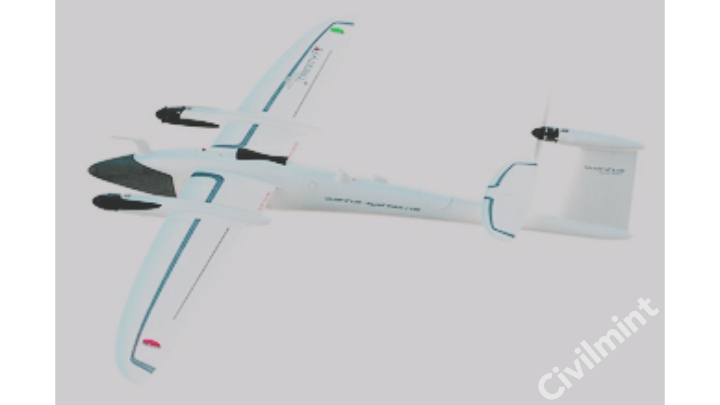
Fixed-wing drones excel at covering large areas quickly and efficiently. They are commonly used for tasks such as aerial mapping, surveying vast landscapes, monitoring wildlife populations, and conducting long-duration surveillance missions.
These drones are known for their extended flight times, making them ideal for applications requiring extensive aerial coverage.
5. Agricultural Drones
Agricultural drones, also known as “ag drones,” are specialized UAVs designed to enhance farming practices. Equipped with multispectral cameras and sensors, they collect data on crop health, soil conditions, and irrigation needs.
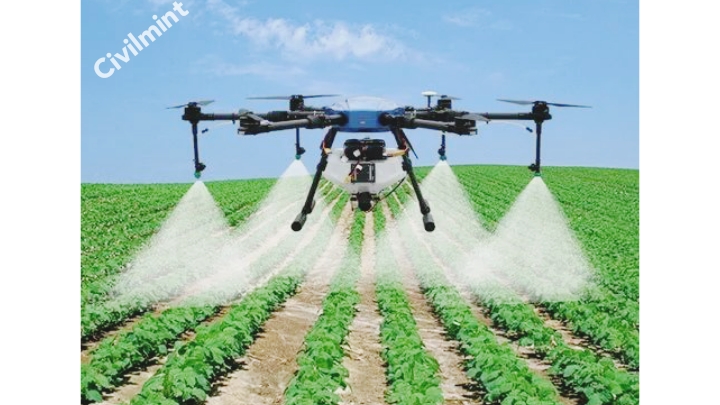
Farmers use this data to make informed decisions, optimizing crop yields and reducing resource wastage. Agricultural drones can also be equipped with spraying mechanisms to apply pesticides or fertilizers precisely, minimizing environmental impact and promoting sustainable agriculture.
6. Search and Rescue Drone
Search and rescue drones are invaluable tools for locating and assisting persons in distress. They are equipped with high-resolution cameras, thermal imaging systems, and sometimes even infrared sensors.
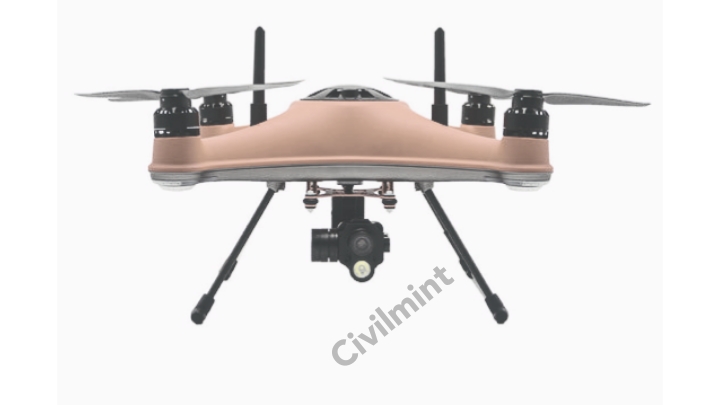
These drones can fly over rugged terrain, disaster-prone areas or remote jungles to search for missing persons or disaster survivors. They provide real-time video feed to operators on the ground, allowing efficient coordination of rescue efforts.
7. Mapping Drone
Mapping drones are indispensable for creating accurate maps and geographic information systems (GIS). They carry specialized cameras and LiDAR (Light Detection and Ranging) sensors that capture detailed aerial imagery and altitude data.
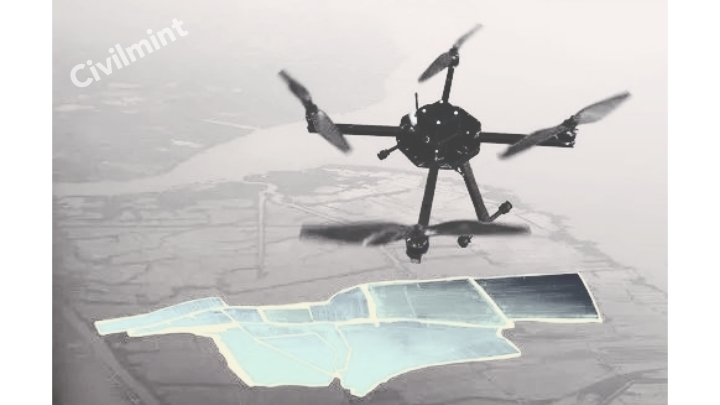
Surveyors, cartographers and urban planners use mapping drones to create accurate maps for land-use planning, construction projects, environmental monitoring and infrastructure development. Data collected by drone mapping contributes to informed decision making and resource management.
8. Camera Drone
Camera drones, often called “photography drones” or “videography drones”, are designed to capture stunning aerial photos and videos. They are equipped with high-quality cameras that can capture images in high resolution and record videos in 4K or even higher quality.
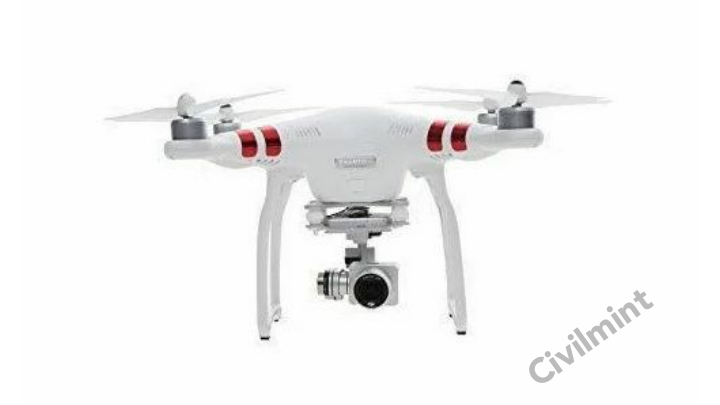
These drones are popular among photographers, cinematographers, and content creators, allowing them to capture breathtaking aerial views and cinematic shots.
9. Military Drone
Military drones, also known as “unmanned combat aerial vehicles (UCAVs)” or “combat drones”, serve a wide range of roles in the armed forces. They are equipped with advanced surveillance systems, communications equipment and, in some cases, weapons.
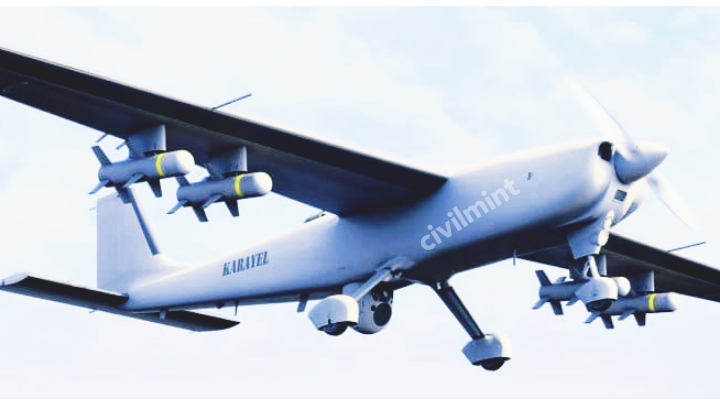
Military drones provide critical intelligence, surveillance, reconnaissance (ISR) and strike capabilities. They can monitor enemy movements, collect data and execute precise air strikes with minimal risk to human personnel.
10. Hybrid Drone
Hybrid drones combine features of both multirotor and fixed-wing drones, offering a versatile solution for a variety of missions. They are capable of vertical takeoff and landing (VTOL) and can be converted to fixed-wing flight for improved endurance and range.

Hybrid drones are commonly used in tasks that require both agility and long-range coverage, such as aerial photography, mapping large areas, and monitoring infrastructure.
11. FPV Drone (First-Person View Drones)
FPV drones provide an immersive flight experience by allowing pilots to see through the drone’s eyes in real time. Pilots wear FPV goggles or use an FPV monitor to view the live video feed from the drone’s onboard camera.
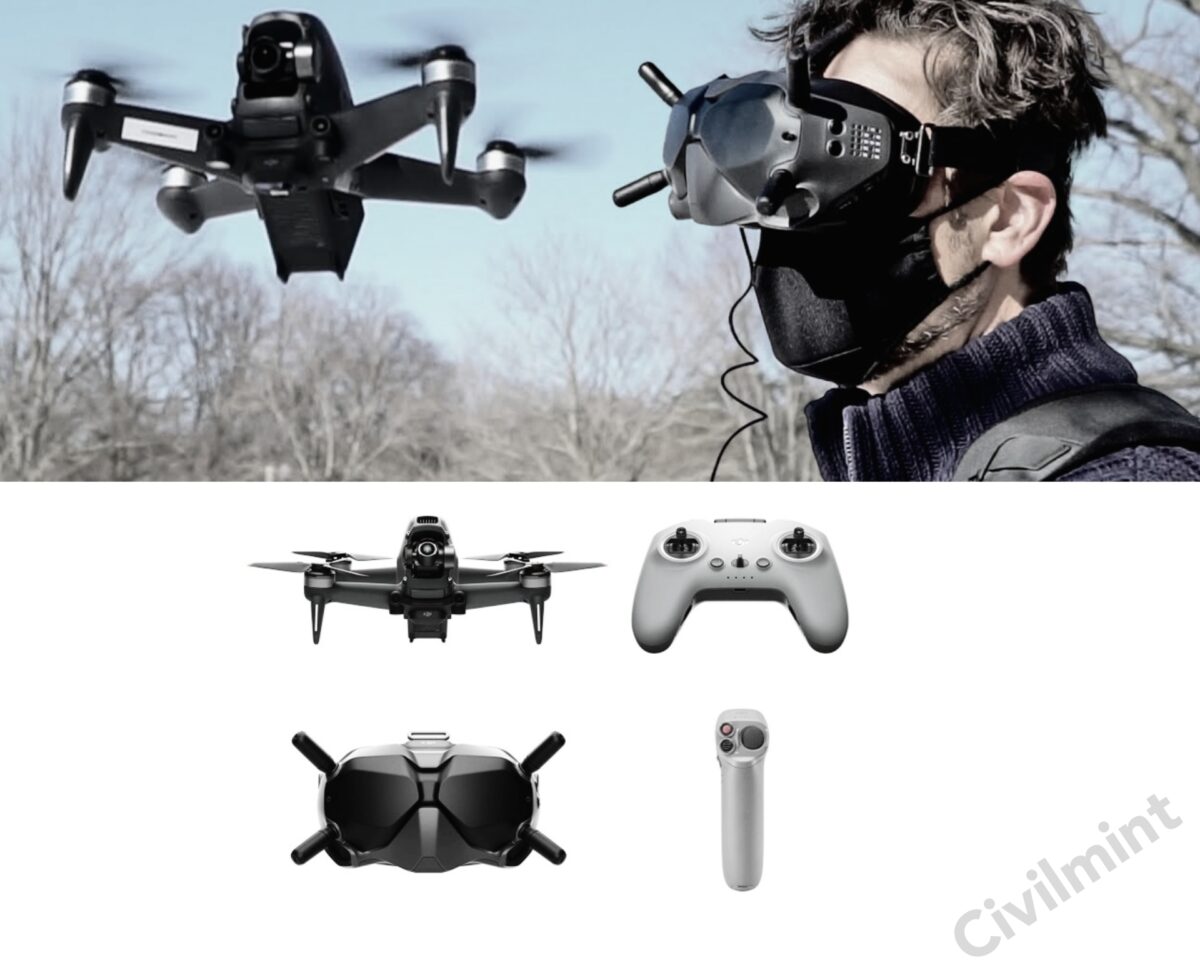
This perspective enhances the feeling of flight and enables precise control, making FPV drones popular for racing, freestyle flying and aerobatics.
12. Underwater Drone
Underwater drones, also known as remotely operated vehicles (ROVs) or submersible drones, are designed for exploration and research below the water’s surface.
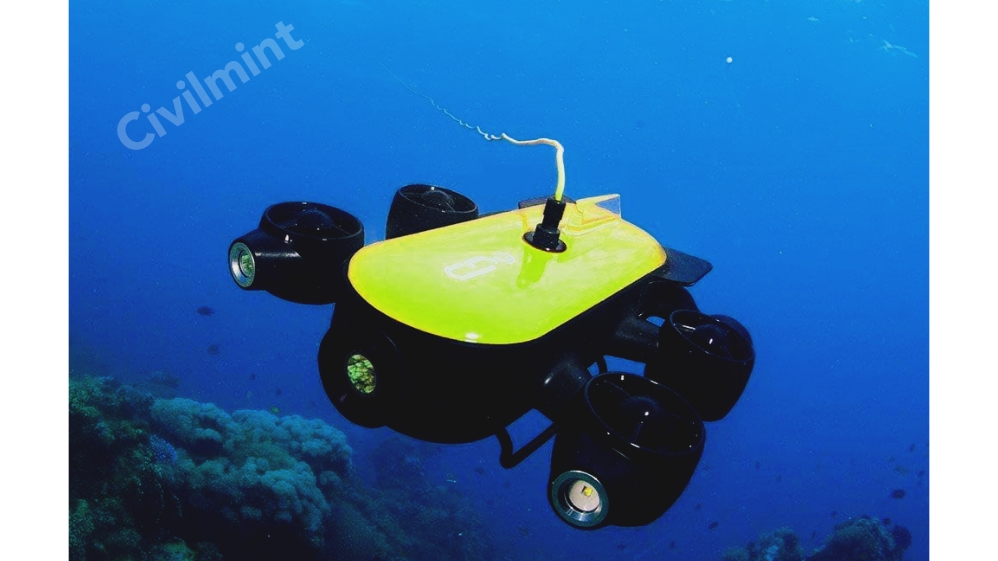
They are equipped with cameras, sonar systems and often robotic arms for tasks such as underwater inspection, marine biology research, archaeological exploration and inspection of offshore infrastructure. These drones are vital tools for exploring and documenting the mysteries of the deep sea.
13. Firefighting Drone
Firefighting drones are deployed to combat wildfires and urban fires more efficiently. They can carry and release water or fire-retardant substances over fire-affected areas, aiding in fire suppression efforts.
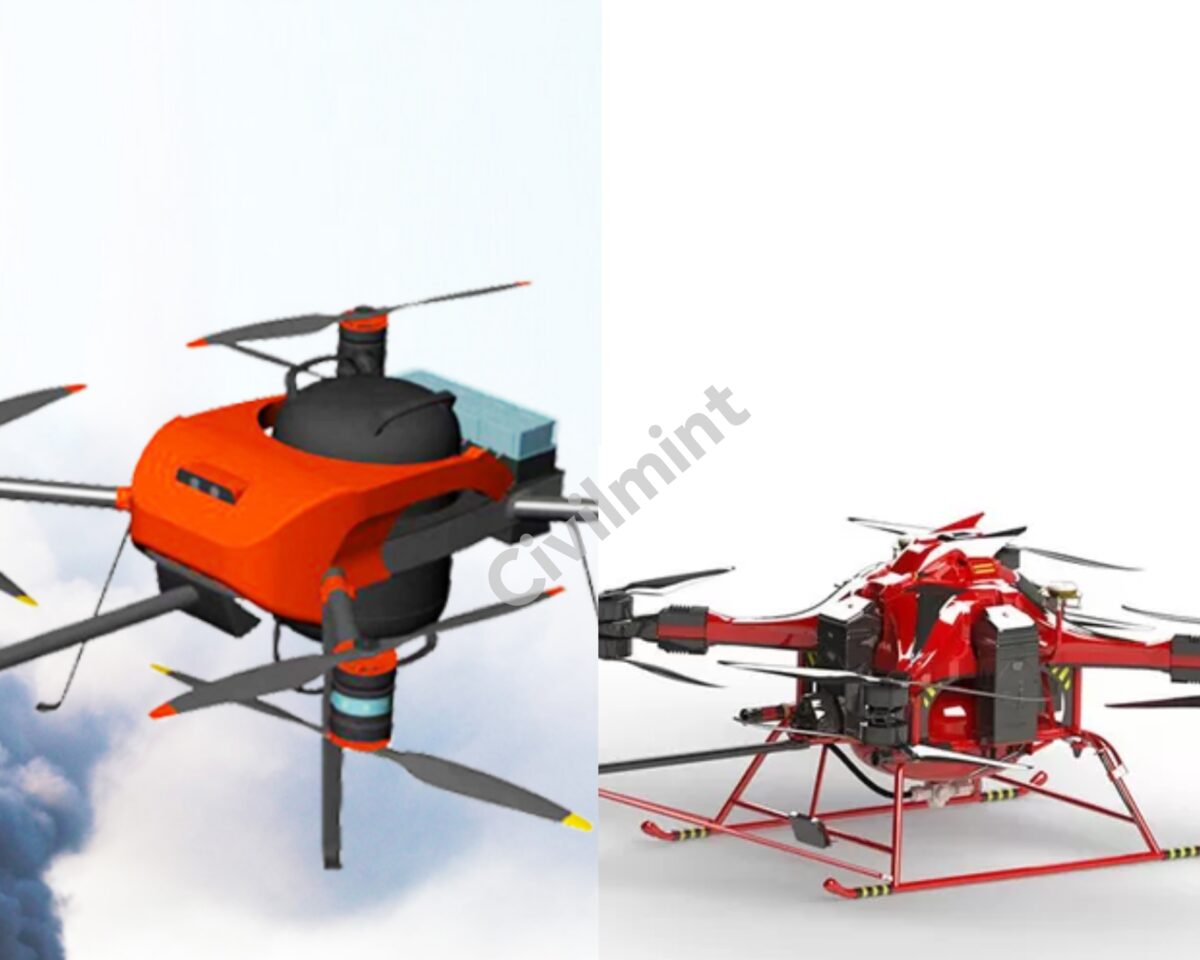
These drones are equipped with thermal cameras to identify hotspots and can operate in hazardous environments where it may be unsafe for human firefighters to venture. They play a crucial role in managing and controlling wildfires, protecting both lives and property.
14. Security Drone
Security drones are used to enhance surveillance and monitoring in various security applications. They are equipped with cameras, often with zoom and thermal capabilities, to provide real-time video feeds.

Security personnel can use these drones to patrol sensitive areas, monitor crowds at events, and detect unauthorized activities. Security drones contribute to improved situational awareness and response capabilities, enhancing overall security measures.
15. Personal Drone
Personal drones, also known as consumer drones, are designed for recreational use by individuals. They come in various sizes and price ranges, making them accessible to hobbyists and enthusiasts.
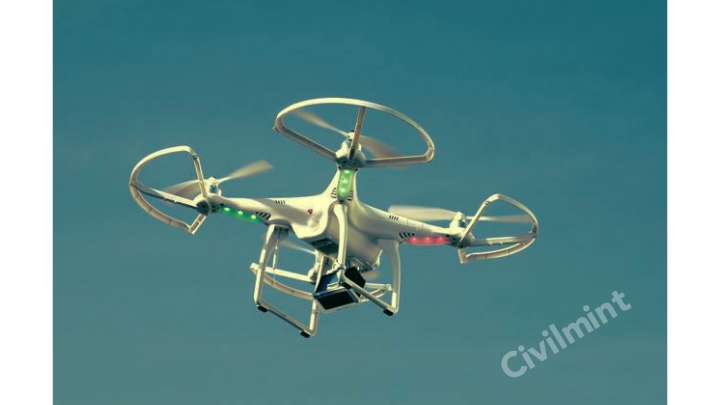
These drones often feature user-friendly controls and automated flight modes for ease of use. Personal drones are used for entertainment, aerial photography, and exploring the joy of flying without specialized training or licensing requirements.
Read Also: Drone Survey
16. Commercial Drone
Commercial drones are versatile UAVs used for various business applications. They cater to industries such as construction, real estate, agriculture, mining, and infrastructure inspection.

Commercial drones are equipped with cameras, sensors, and data collection capabilities to support tasks like site surveys, monitoring construction progress, assessing crop health, and inspecting infrastructure for maintenance or repairs. They streamline operations, reduce costs, and improve safety in a wide range of commercial activities.
17. Toy Drone
Toy drones are designed for children and beginners. They are typically lightweight, easy to operate, and affordable, making them a great entry point into the world of drones.
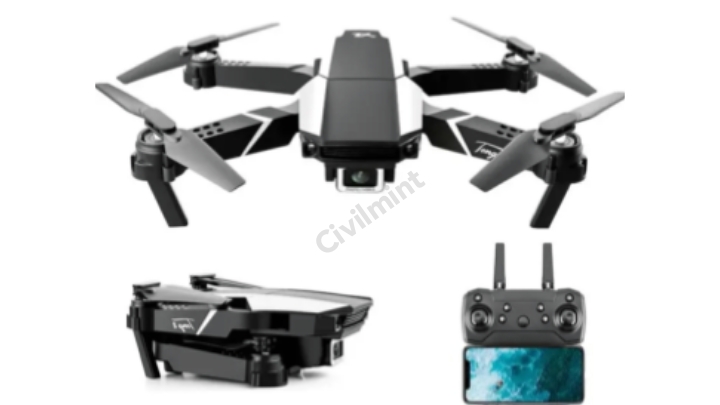
These drones often come with basic features like altitude hold, one-button takeoff and landing, and simple flight controls. They offer a fun and educational experience for kids and those looking to learn the basics of drone piloting.
18. Medical Drone
Medical drones play a crucial role in the healthcare industry by facilitating the transport of essential medical supplies.
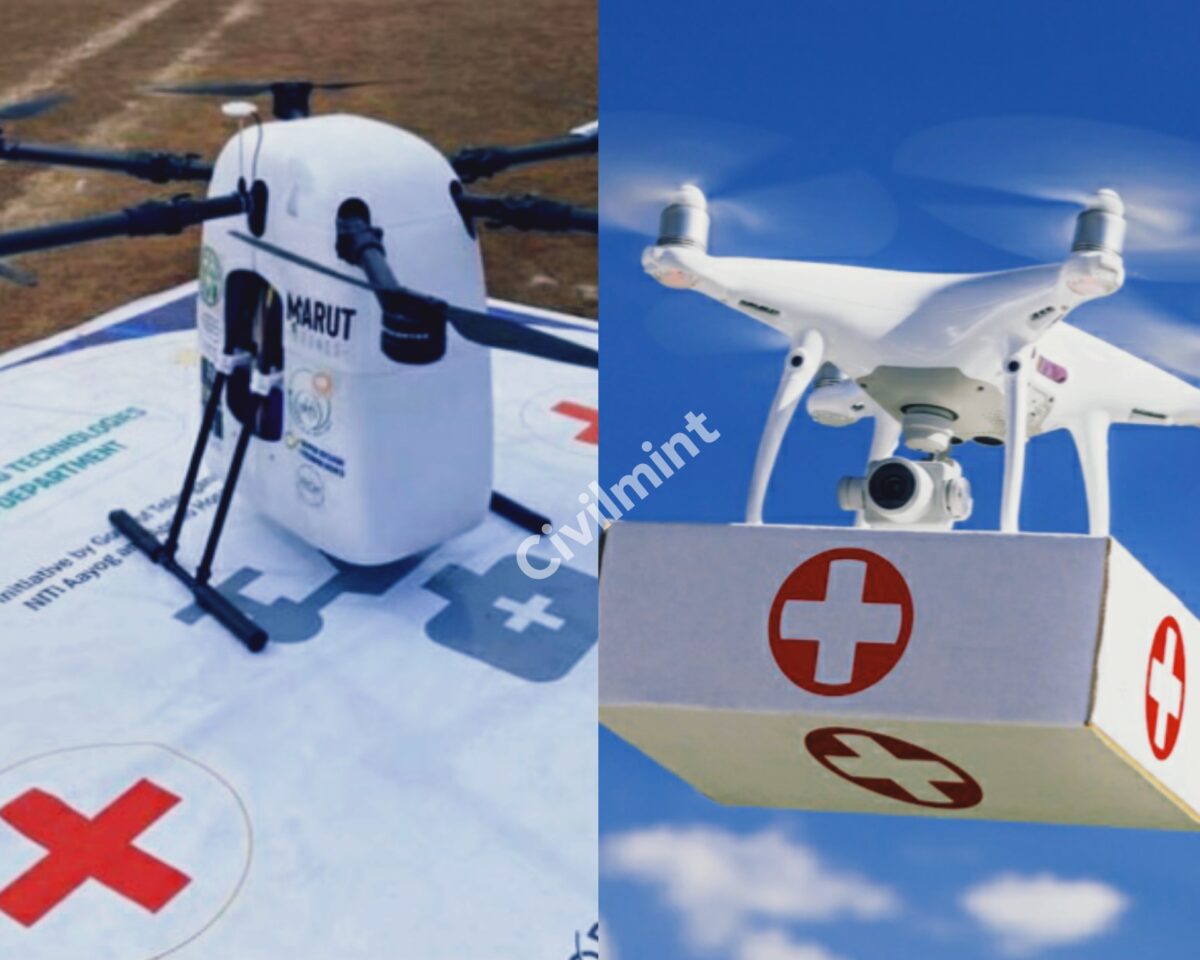
They are equipped with insulated compartments to safely carry items like vaccines, blood samples, or even organs for transplant. Medical drones are designed to ensure timely delivery to remote or hard-to-reach areas, improving access to healthcare services and potentially saving lives.
19. Educational Drone
Educational drones are used in educational settings to teach principles of aviation, robotics, and engineering. They are designed to be easy to use and provide a hands-on learning experience for students of all ages.
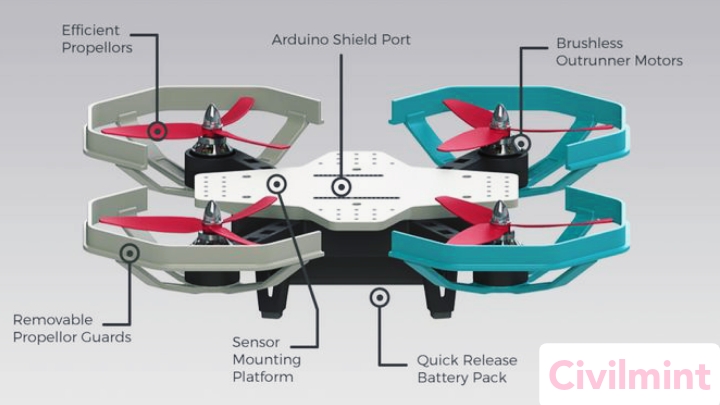
Educational drones often come with programmable features, allowing students to learn coding and automation as they explore the technology behind drones. These tools promote STEM (Science, Technology, Engineering, and Mathematics) education and inspire future innovators.
20. Quadcopters
Quadcopters are perhaps the most recognizable type of drone, featuring four rotors arranged in a square or X-shaped configuration.

They are versatile and well-suited for various applications due to their stability and maneuverability. Quadcopters are widely used for aerial photography, videography, recreational flying, and even professional tasks like inspection and surveillance.
21. Hexacopters
Hexacopters are a step up from quadcopters, equipped with six rotors. This additional rotor configuration provides increased stability and lifting capacity.
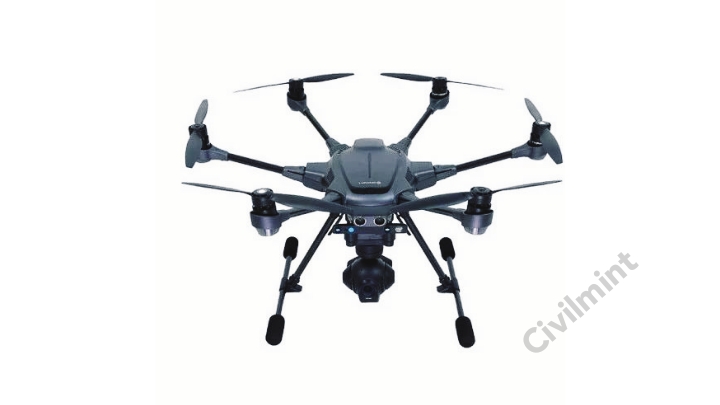
Hexacopters are often chosen for tasks that require heavier payloads, such as professional cinematography, industrial inspections, and research applications where equipment needs to be carried aloft.
22. Octocopters
Octocopters are the most robust multirotor drones, featuring eight rotors. Their redundancy in rotor systems provides exceptional stability and payload capacity.
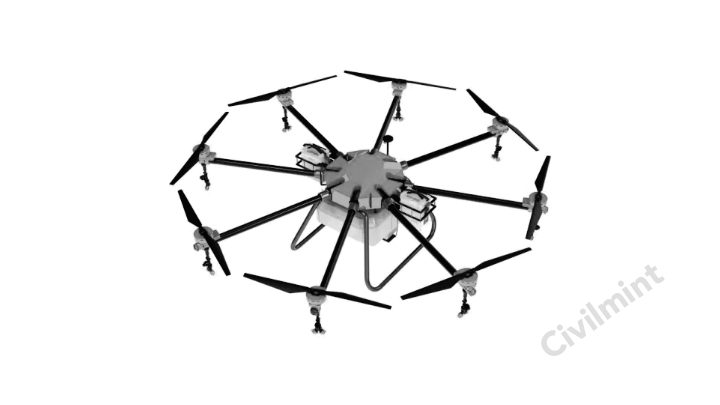
Octocopters are commonly used in professional filmmaking, capturing high-quality aerial footage, and industrial applications like heavy equipment inspection, where precise hovering and lifting capabilities are essential.
23. Research Drone
Research drones are specialized UAVs used by scientists and researchers for collecting data in various fields of study. These drones are customized to carry scientific instruments, sensors, or cameras, enabling researchers to gather data from remote or inaccessible areas.
Research drones are employed in ecology, meteorology, wildlife tracking, and environmental monitoring, contributing to advancements in scientific knowledge and discovery.
You might also like:
Conclusion
Each type of drone serves a unique purpose and contributes to various industries and sectors. Advances in drone technology continue to expand their capabilities, making them indispensable tools for tasks ranging from entertainment and exploration to critical missions in agriculture, public safety, and scientific research. As technology evolves, the potential applications for drones are only expected to grow further.

